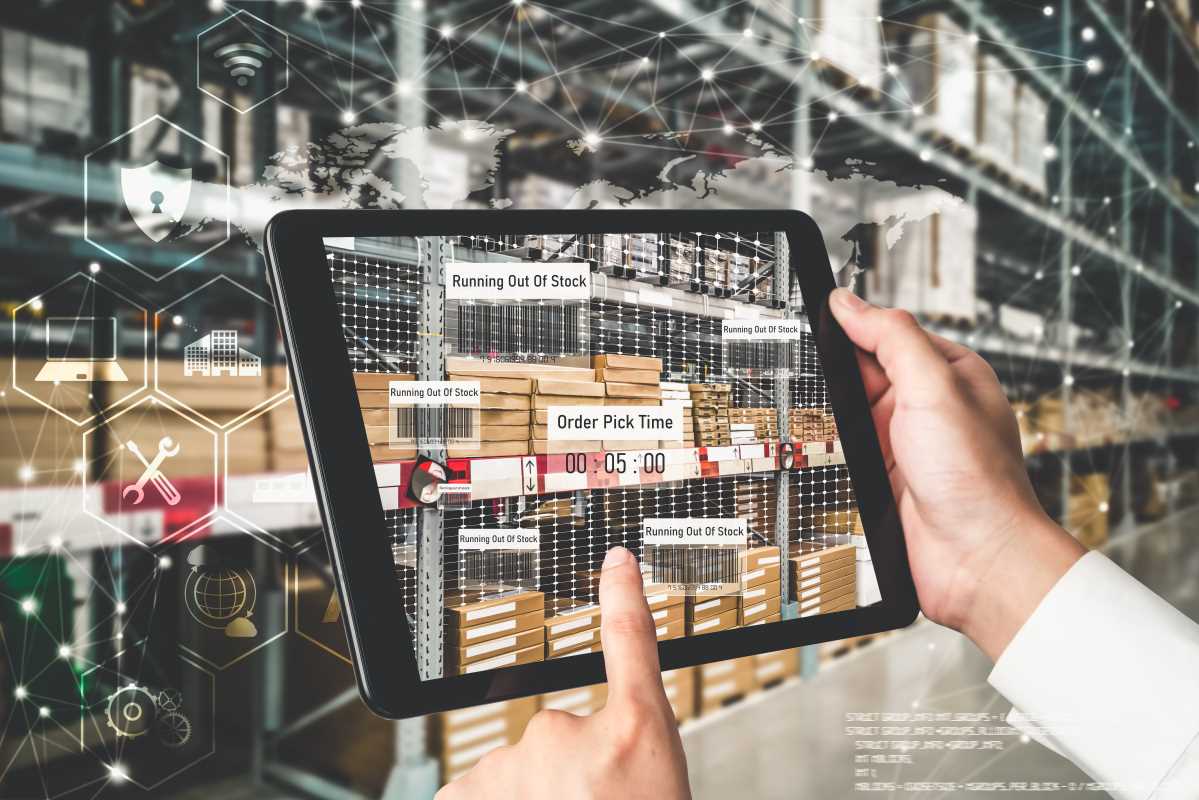Making decisions for your business can sometimes feel like you're navigating with an old map. You're using information from yesterday, last week, or even last month to decide what to do right now. Real-time monitoring changes that completely. It gives you a live, up-to-the-second view of what’s happening in your business. This allows you to spot opportunities, fix problems as they arise, and steer your company with confidence. You can see how customers are reacting to a new product launch or watch how a marketing campaign is performing in real time. This guide is here to walk you through the tools and techniques that make this possible, helping you feel more connected and in control of your business's success.
Why Real-Time Monitoring is a Game-Changer
Monitoring your business metrics in real time means you can move from being reactive to proactive. Instead of analyzing last month's sales report to understand what went wrong, you can see a dip in website traffic or a spike in customer complaints the moment it happens. This allows you to take immediate action, minimizing potential damage and capitalizing on positive trends before the opportunity passes.
Think about running a special one-day flash sale. With real-time monitoring, you can watch sales and website activity as they happen. You might notice a specific social media post is driving a ton of traffic and decide to boost its budget instantly. Or, you could see that customers are abandoning their carts at the shipping page and quickly check for a technical issue. This ability to make smart, on-the-fly adjustments is what gives businesses a powerful competitive edge. It empowers you to be more agile, responsive, and ultimately, more successful.
Key Metrics to Monitor in Real Time
What you monitor will depend on your specific business goals, but some metrics are universally important for online businesses. These often include:
- Website Traffic: The number of visitors on your site right now.
- Conversion Rates: The percentage of visitors completing a desired action, like making a purchase or signing up for a newsletter.
- Sales and Revenue: The value of orders being placed.
- Customer Support Inquiries: The volume of incoming chats, emails, or calls.
- Social Media Engagement: Likes, comments, shares, and mentions as they occur.
All-in-One Business Dashboards
The best way to monitor your key metrics is with a centralized dashboard. These tools pull data from various sources into one visual interface, giving you a bird's-eye view of your business's health at a glance.
Databox
Databox is a fantastic tool that makes it easy for anyone to build beautiful and functional business dashboards. It connects with dozens of popular services like Google Analytics, HubSpot, Shopify, and social media platforms, pulling all your most important data into one place.
Key Features for Your Business:
- Simple Setup: You don't need to be a data analyst to use it. Databox offers a drag-and-drop interface and a library of pre-built templates, so you can have a professional-looking dashboard up and running in minutes.
- Goal Tracking: You can set specific goals for your key metrics directly within the platform. Databox will then visualize your progress, helping you and your team stay focused and motivated.
- Automated Alerts: Set up alerts to notify you via email or Slack when a metric hits a certain threshold or drops unexpectedly. This helps you stay on top of important changes without having to stare at your dashboard all day.
Geckoboard
Geckoboard is another excellent dashboard tool that focuses on simplicity and clarity. It's designed to be displayed on large screens in an office to keep the entire team aligned, but it works just as well for individual business owners on their own computers.
Key Features for Your Business:
- Easy-to-Read Visualizations: Geckoboard excels at presenting data in a way that is immediately understandable. It uses clean charts, gauges, and leaderboards to communicate key numbers without clutter.
- Sharing and Collaboration: You can easily share your dashboards with team members or stakeholders through a simple link. This promotes transparency and ensures everyone is working with the same information.
- Status Indicators: A helpful feature allows you to set status indicators (like red, yellow, green) for your metrics, giving you a quick visual cue about what needs your attention.
Specialized Real-Time Monitoring Tools
While all-in-one dashboards provide a great overview, sometimes you need to dig deeper into a specific area of your business. These specialized tools offer powerful real-time insights for web analytics, customer support, and social media.
Google Analytics 4 (Realtime Report)
Google Analytics 4 (GA4) is an essential tool for any website owner, and its Realtime report is incredibly valuable. This free feature shows you what’s happening on your site at this very moment.
Key Features for Your Business:
- Live User Activity: You can see how many users are on your site, which pages they are viewing, and where they are located in the world. This is perfect for monitoring the immediate impact of a new blog post or email campaign.
- Event Tracking: GA4's event-based model allows you to see specific interactions as they happen, such as video plays, file downloads, or button clicks.
- Campaign Monitoring: Launch a new ad campaign? You can watch the traffic from that specific campaign roll in and see how users are engaging with your landing pages in real time.
Chartbeat
For businesses that are heavily focused on content, like blogs or news sites, Chartbeat offers real-time analytics with a unique perspective. It focuses on user engagement rather than just page views.
Key Features for Your Business:
- Engaged Time: Chartbeat measures how long users are actively reading and interacting with your content. This helps you understand what truly captures your audience's attention, not just what they click on.
- Real-Time Content Optimization: Its heads-up display shows you which articles are performing best right now, allowing you to promote popular content on your homepage or social media to maximize its reach.
- Video-Specific Dashboards: If you produce video content, Chartbeat provides real-time data on video plays, engagement, and drop-off rates.
Tidio (Live Visitors List)
Customer support platforms often include powerful real-time monitoring features. Tidio, a popular live chat and chatbot tool, offers a "Live Visitors List" that gives you incredible insight into who is on your site right now.
Key Features for Your Business:
- Visitor Details: You can see each visitor's location, the page they are currently on, and the pages they have previously viewed.
- Proactive Engagement: This information allows you to proactively start a chat with a visitor. For example, if you see someone has been looking at your pricing page for a few minutes, you can send them a message asking if they have any questions. This personal touch can make a huge difference in converting a potential customer.
Getting Started with Real-Time Monitoring
You can begin your journey into real-time monitoring today. Here’s a simple, actionable path to get you started.
- Set Up Google Analytics 4: This is the foundational first step. Make sure GA4 is installed on your website and spend some time exploring the Realtime report to get comfortable with the data it provides.
- Identify Your Top 3-5 Metrics: Don't try to monitor everything at once. Choose a handful of Key Performance Indicators (KPIs) that are most critical to your business's success. This could be daily sales, new sign-ups, or website traffic.
- Try a Dashboard Tool: Sign up for a free trial of a tool like Databox or Geckoboard. Connect it to your Google Analytics and one or two other services you use, like your e-commerce platform or email marketing tool. Build a simple dashboard with your top metrics.
- Create a Habit: Set aside a few minutes each day to check your dashboard. Make it part of your morning routine. The goal is to develop a natural feel for your business's rhythm so you can spot irregularities quickly.
By embracing real-time monitoring, you're not just looking at data; you're having a live conversation with your business. You have the tools to listen, understand, and respond with confidence. You’ve got this!
 (Image via
(Image via





